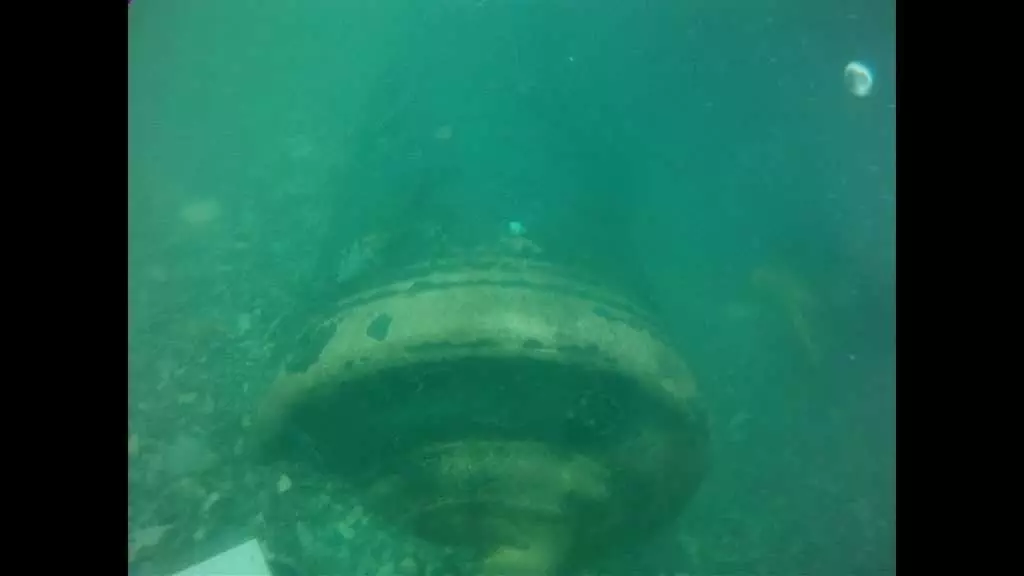
Youtube. Com
Recently, a new underwater discovery in Florida waters has one private American company and the French up in arms as they try to fight for the rights to an ancient wreckage. The wreckage is worth millions so both parties are desperately fighting to legally obtain it. But as the legal battle continues, many facts have surfaced that cause much confusion surrounding the rightful owner.
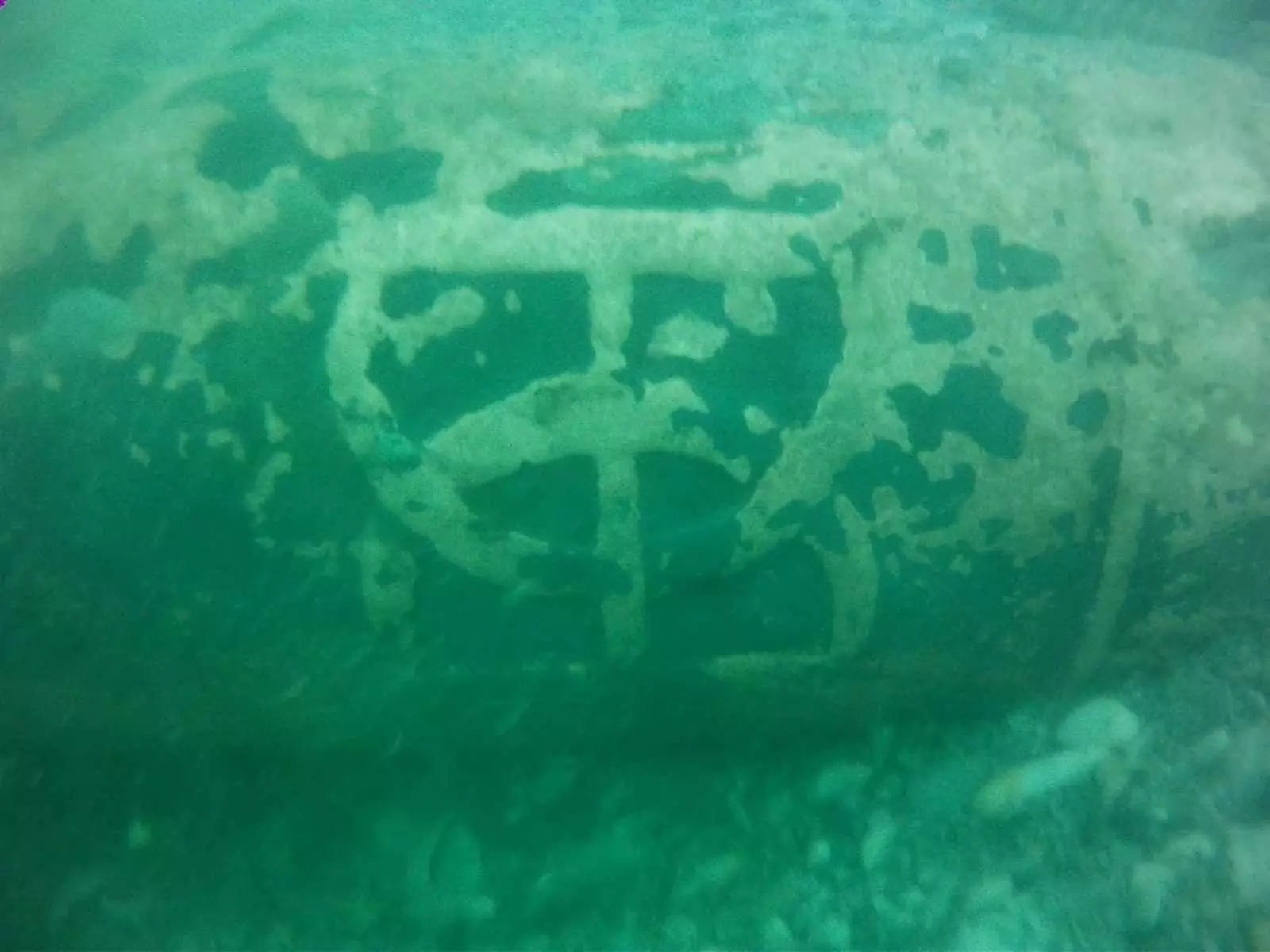
Newravel. Com
In 2016, the Global Marine Exploration discovered something on the coast of Florida; the remains of a 16th-century ship, and now they are caught in an international feud which is both complex and hazardous. What makes the situation complex is that the remnants could be either French or Spanish, so it’s not really known who they belong to.

Commons. Wikimedia. Org
For a little context, it’s important to know that the French and the Spanish were colonial rivals and Florida was the first territory in the United States of America mainland, which was visited by Europeans. The first European man in Florida was a Spanish conquistador (a conqueror). He was charmed by the land he discovered in 1513 and called it La Florida meaning land of flowers.
So does the wreckage belong to the Spanish?
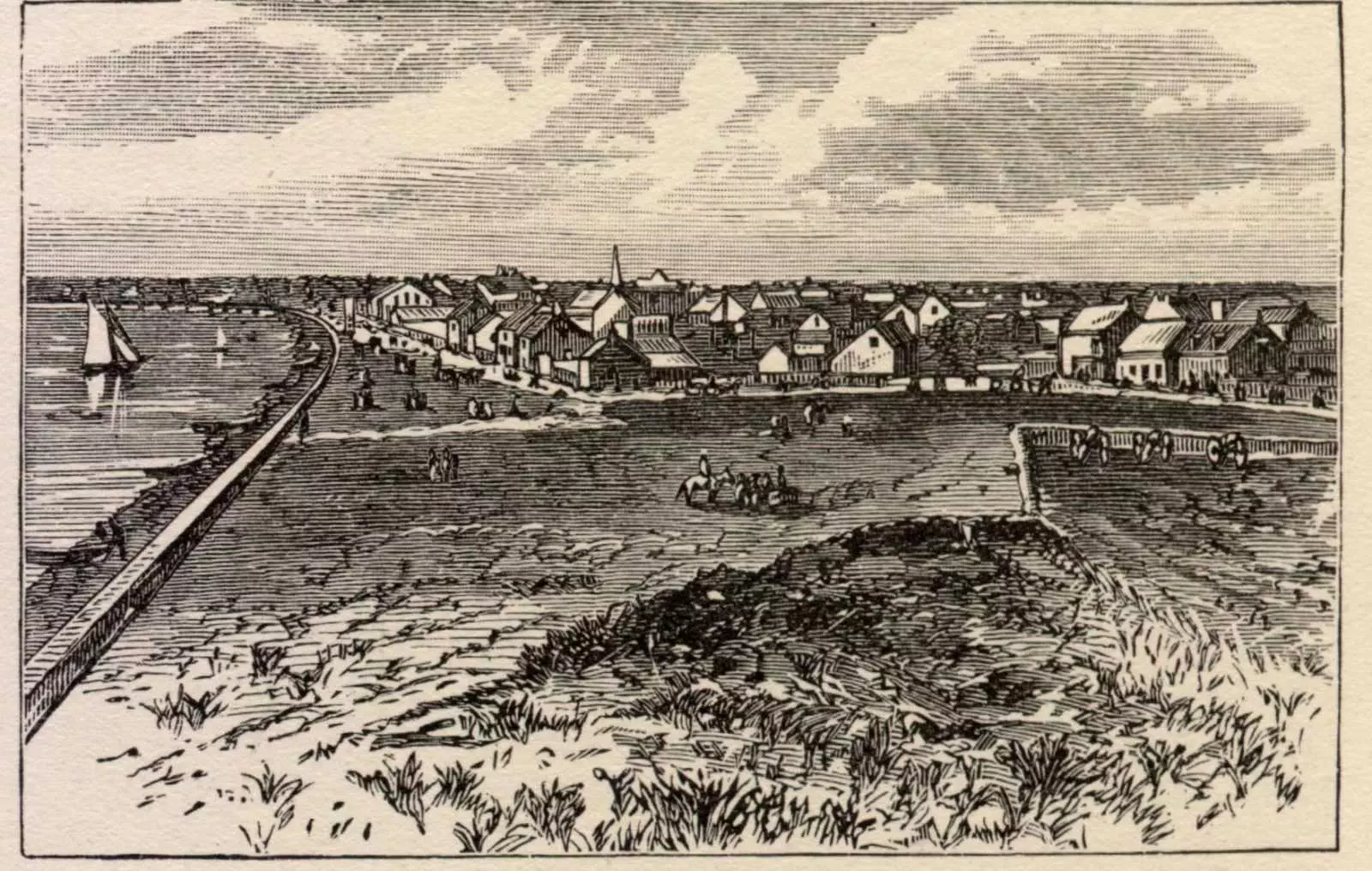
Charliekennedy. Wordpress. Com
The Spanish made two settlement attempts, one they named Pensacola, and the other St. Augustine. By 1559 Pensacola was deserted and in 1565, St. Augustine was founded. St. Augustine is the longest surviving European settlement on American soil.
The French also wanted to colonize Florida and they named their new territory Huguenots.

Www. Biography. Com
Rene Goulane de Laudonniere arrived in modern-day Jacksonville, Florida, in 1564, naming it Fort Caroline. This was a year before St. Augustine, prompting people to believe the ship was French. There were initially only 200 French settlers at Fort Caroline then with a fleet of 4 ships, came more settlers and soldiers led by the French explorer Jean Ribault. Unfortunately, they did not know that the Spanish governor was on his way.
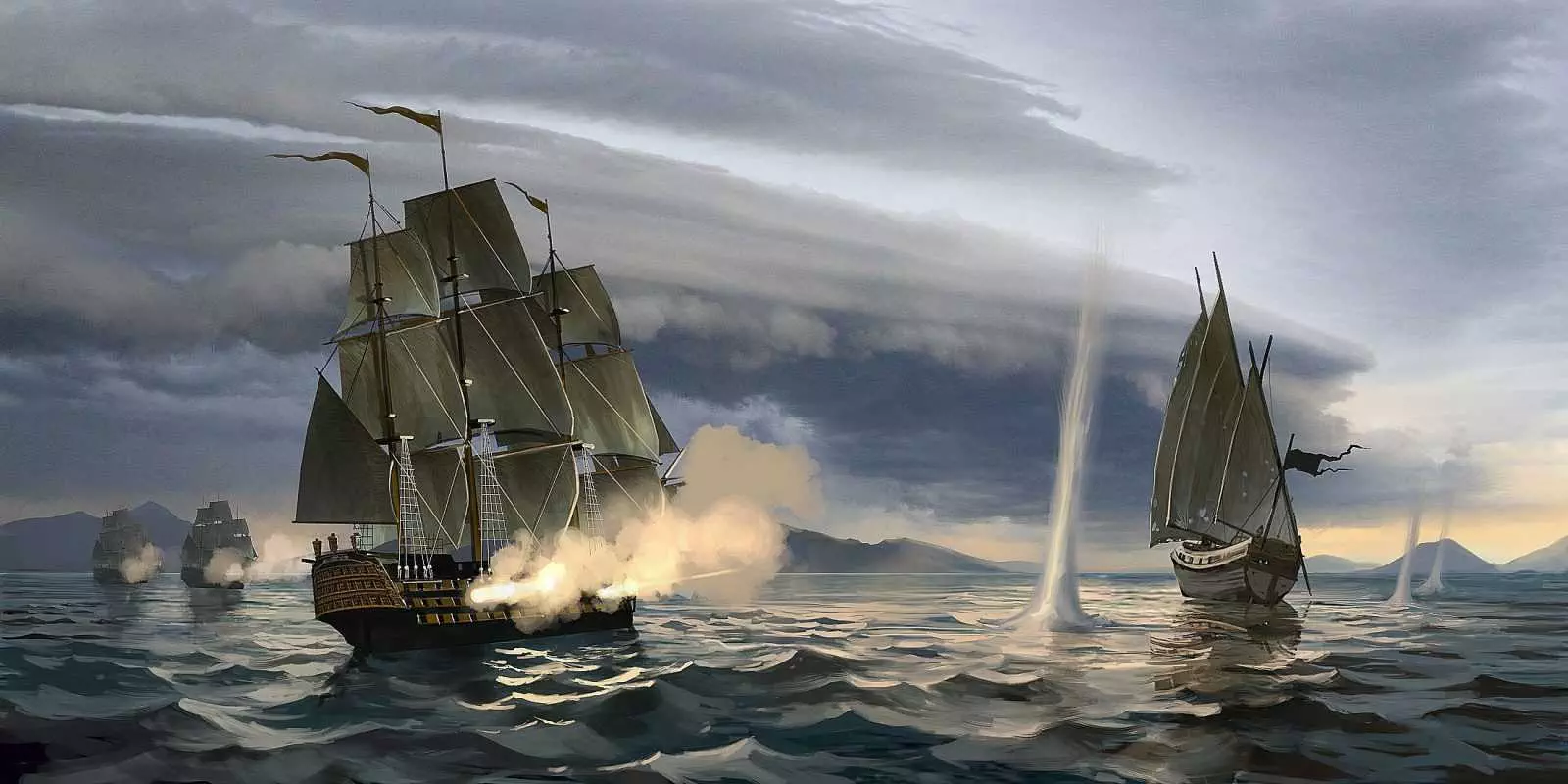
Wallpaperup. Com
The Spanish governor ordered the French Fort to be destroyed and so the two camps went to battle on the sea. After a while of battling the Spanish retreated to land and the French were unlucky to be sunken by a storm with their ships. The French leader and his men met a gruesome death when they were found as survivors.

En. Wikipedia. Org
The demise of the French in battle ended their attempts to settle in Florida. The story of the battle reveals the legal complexities of the situation the Global Marine Exploration is facing. Do the remains belong to the French or to the Spanish? Is it even possible to know who those remains belong to?
Perhaps going through what the Global Marine Exploration found will give clues as to who the remnants belong to. They found a bronze cannon with a fleur-de-lis mark which is a French symbol. They also found a highly decorated brass cannon worth an excess of $1 million dollars. The value of the cannons changes every time the wind blows because of the sand exposure, so they needed to work fast.
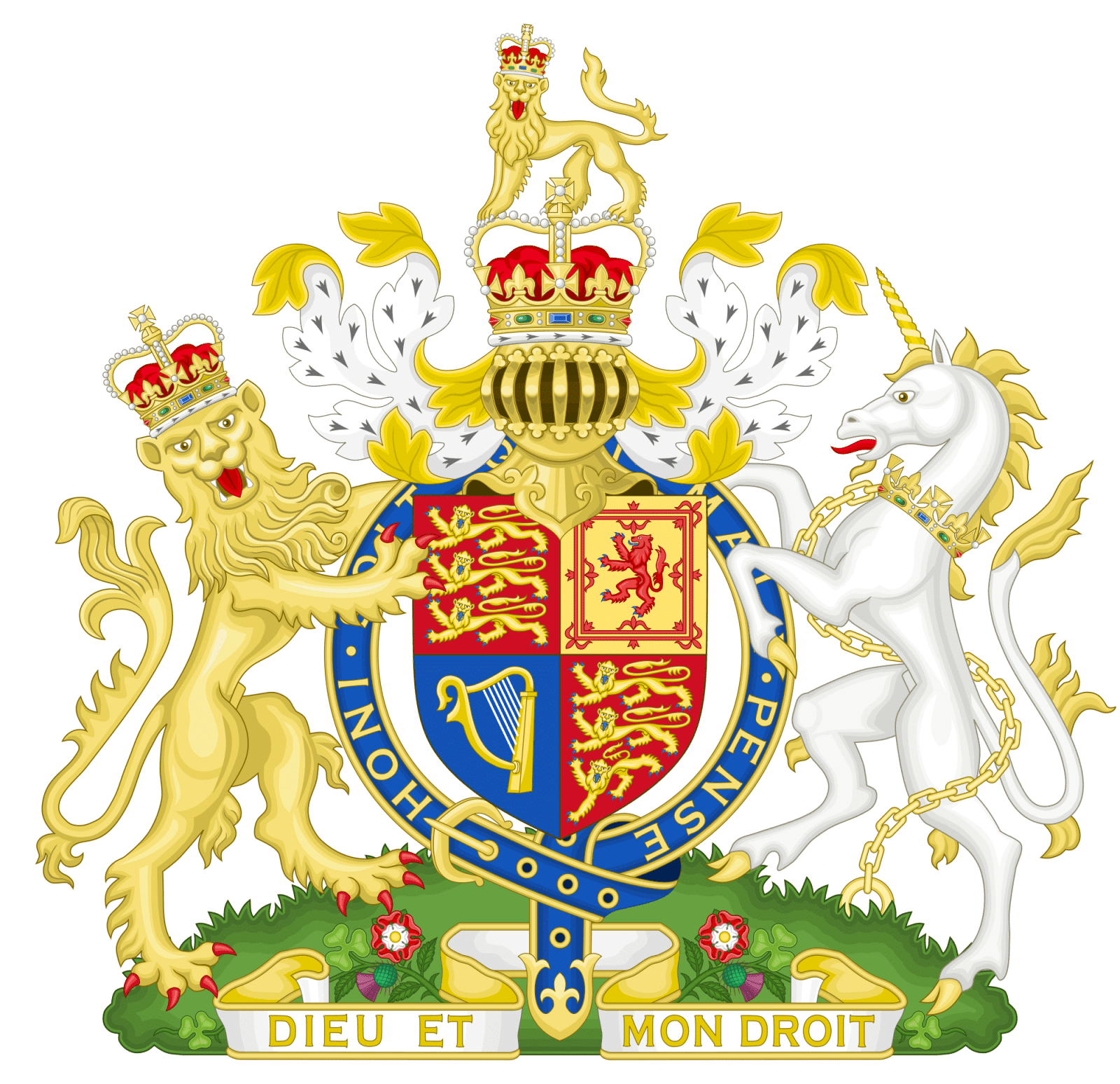
Commons. Wikimedia. Org
They also found a monument that is made from marble which sports the French King’s coat of arms. It is one of the earliest artifacts of European origin discovered in the New World. It is like the monument Jean Ribault planted in St. Johns River as a symbol of France’s claim over Florida, very similar in design.

Www. Army. Mil
The last remnants that were found scattered across a 14-mile wide area were 12 anchors, 19 iron cannons, pieces of ballast ammunition, and a stone grinding wheel. The French feel that their history is being taken away by an American private company in the name of exploration and so they are ready to go to legal war with them to get back what is theirs.

Www. Sulresidence. Com
The Global Marine Exploration had received permission to explore this area. After doing all the hard work they were anxious to reap the benefits of salvaging the objects. We see now that they had reason so be anxious even though at the time, they didn’t know that the French would be coming after them and their findings.
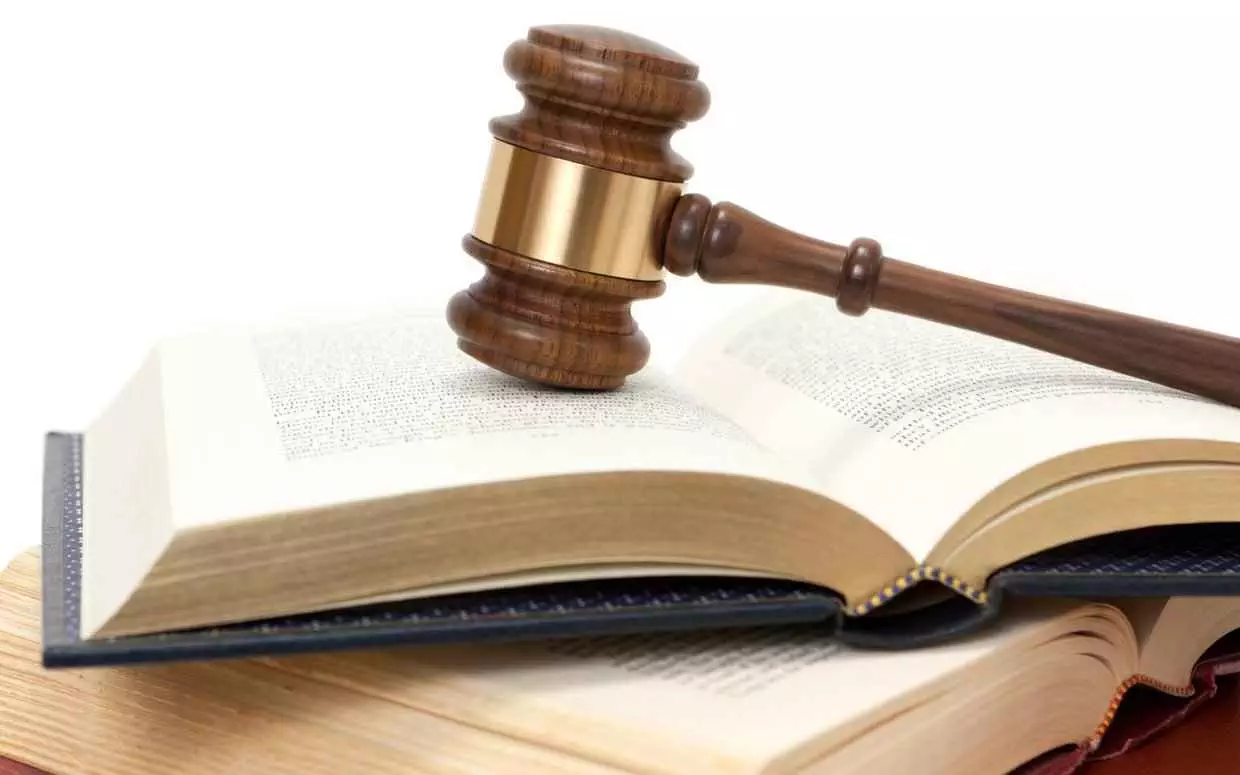
Www. Publishyourarticles. Net
In November 2016, the French claimed the underwater valuables, citing the United states Sunken Military Craft Act which says that a wreck belongs to the country that the ships sailed from even when discovered hundreds of years later. The French were claiming that even though the Global Marine Exploration found the remnants, they had absolutely no claim to them.
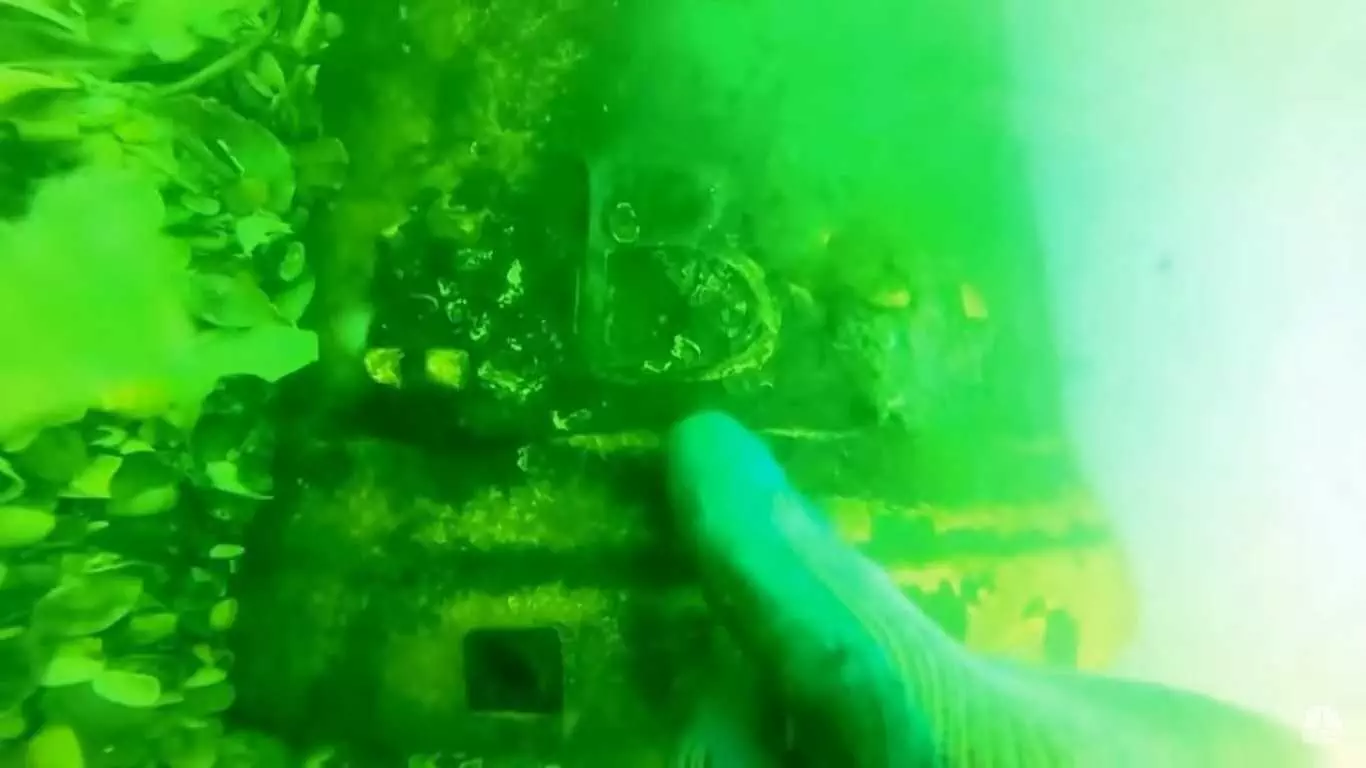
Scribol. Com
This is a new war, a 21st-century war; France versus the Global Marine Exploration. The French maintain that the vessels belong to them and they can’t be written off just because they sunk. Global Marine Exploration, however, maintains that they found the vessels and will fight France until they win what is theirs.
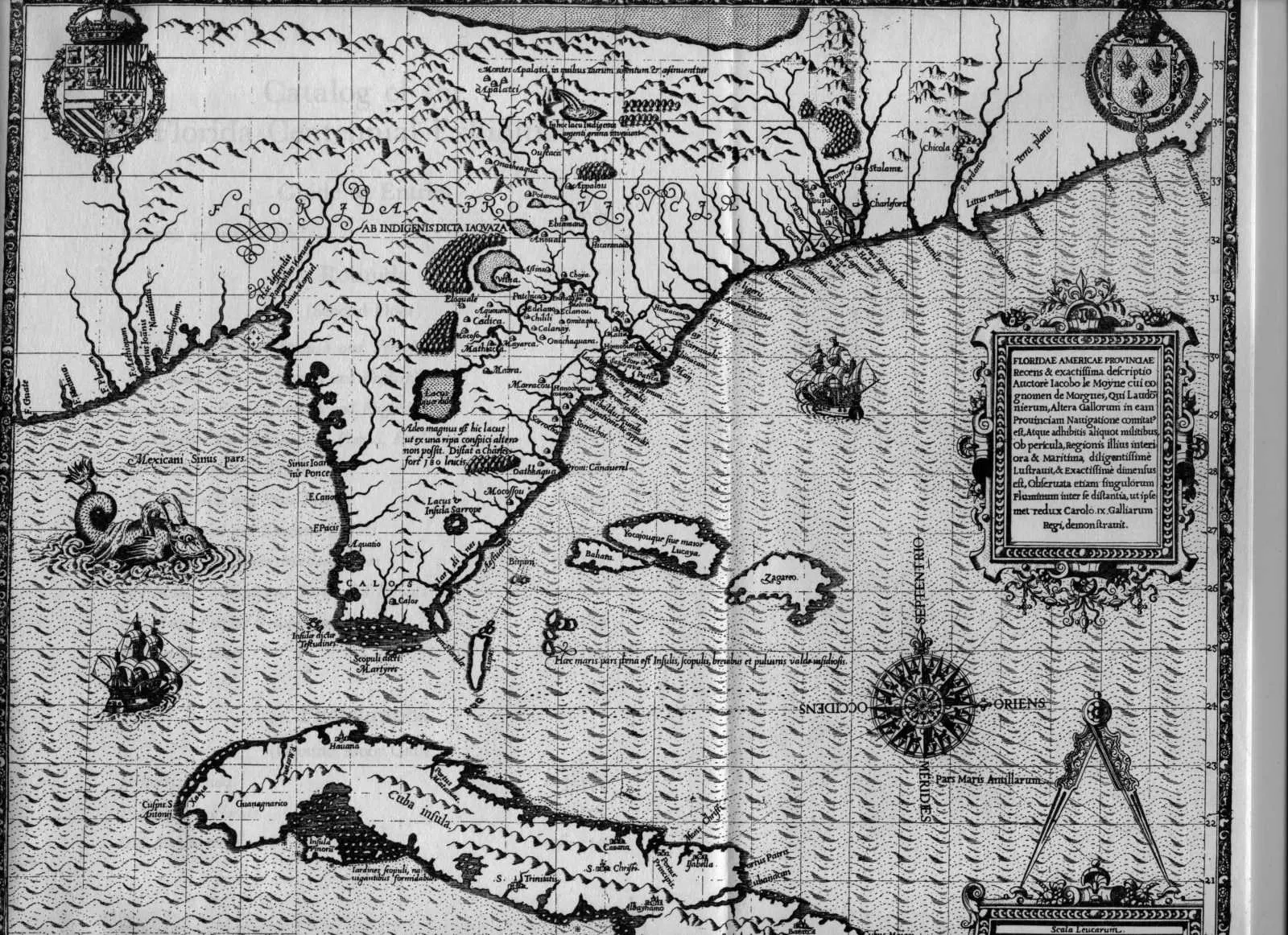
Scribol. Com
The French are supported by authorities in Florida as the authorities are alleging that the Global Marine Exploration was reckless and irresponsible with the permits they were granted. The Global Marine Exploration of course denies any of these allegations. GME argues that the ship could be French, Spanish, or even an English merchant ship. They maintain that the French items identified could have been stolen by the Spanish.
So what’s the ruling?
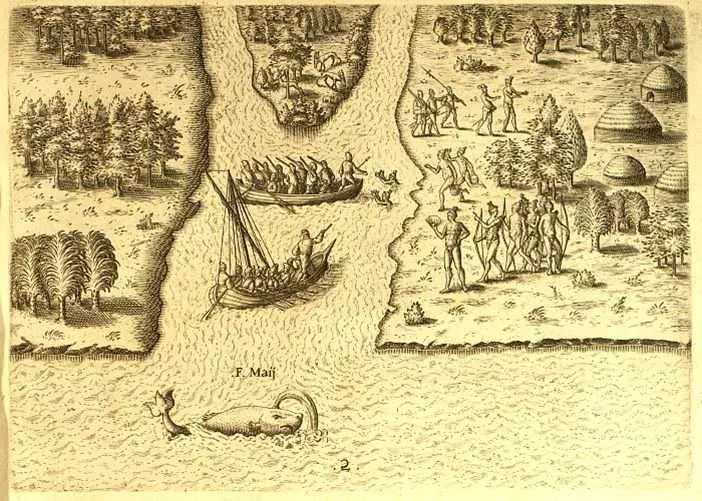
Scribol. Com
If the ship is said to be a merchant boat then Global Marine Exploration is entitled to 80% of the value of the artifacts. If the ships is said to be French then Global Marine Exploration is not entitled to any amount. So the last question is, where are the Spanish and why aren’t they fighting for their share?

